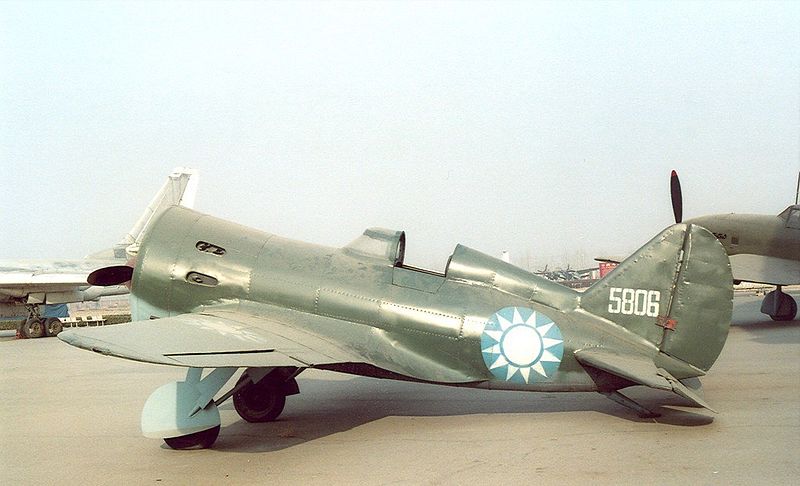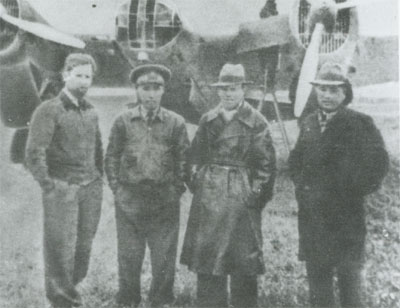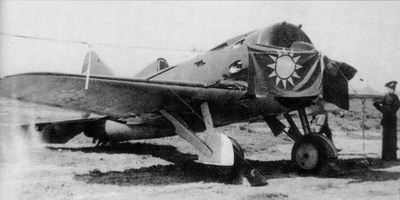Red Russian Star over China
- By Peter Harmsen
- 27 February, 2014
- No Comments

A Polikarpov I-16, painted in the Chinese colors. Photo: Flavio Mucia (AMB Brescia)
By January 1938, Russian pilot F. P. Polynin had only been in the central Chinese city of Hankou for a few weeks, and the Japanese invaders had still not gotten used to the idea that they now also had to fight the mighty Soviet Air Force. The 31-year-old officer’s squadron of high-speed Tupolev SB bombers was part of the Soviet aid that was beginning to trickle into China. On this cold morning in early 1938, it was put to the test.
Polynin’s plane took off from the airfield near Hankou before dawn, followed by 25 other bombers. Only they and a few other military personnel knew where they were heading: A Japanese air base at the east Chinese city of Nanjing, where a large number of aircraft had been assembled for a planned offensive. Secrecy had been tight, due to all-pervasive fear of spies. The briefing of the crews had taken place behind closed doors protected by armed guards, to make sure no one was listening in.

Members of the Russian contingent at an airfield in Wuhan, 1938
The bombers crossed the Yangtze River under the dim light of the moon and reached their target just when dawn was breaking. The attack came as a total surprise for the Japanese. “Apparently they were still sleeping, because nothing was moving on the airfield,” Polynin wrote in his memoirs. “The Japanese aircraft were lined up as if for a review. Soon the bombs started falling. Fires broke out, and people were running back and forth among the flames.”
It was a complete success. Intelligence later showed that 48 Japanese airplanes had been destroyed in the raid. But it was just one of many successes scored by the Soviet pilots assisting China in its desperate war against Japan. The Russians made up for some of the crushing air superiority that the Japanese would have enjoyed otherwise.
By late 1937, Germany, which had been the main provider of military assistance to the Chinese, was gradually phasing out its efforts in China because of improving relations with Japan. The Soviet Union, which feared a Japanese invasion from the east, stepped in. They hoped that by keeping China at war, Japan would be too busy to consider any adventures in Siberia.

Russian aircraft draped with the Chinese flag
Until 1941, when it itself was attacked by Germany, the Soviet Union provided enormous help to China. One of the most significant contributions was in the form of pilots and aircraft, after China’s own Air Force had been nearly annihilated in the last months of 1937. About 2,000 Soviet aviators went to China along with over 1,200 aircraft. The experience that they gained in the skies over China should not be underestimated, and neither should the risks. One in ten of the pilots did not return.
Polynin was among the lucky ones who did make it back to Russia, to take part in the Great Patriotic War against Germany. He ended up as commander of the Polish Air Force fighting on the Eastern Front. After the war, he went into politics, Soviet-style, becoming a member of the Central Committee of the Communist Party of the Soviet Republic of Latvia.



 Copyright © 2025
Copyright © 2025
Leave a Reply